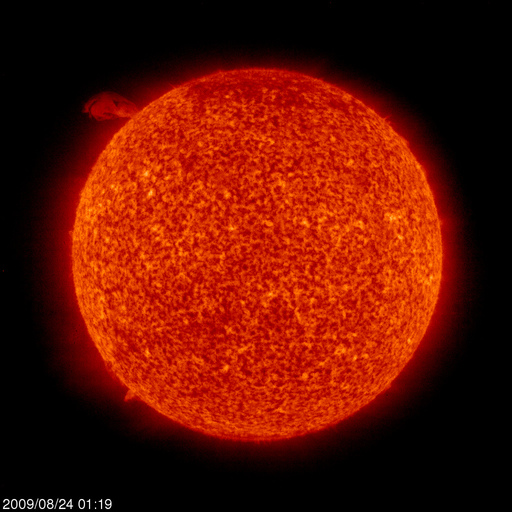If you are wondering where Jupiter and Mercury are at the moment... they are hiding behind the Sun!
Below is a movie using data from the Lasco C3 insrtument on the NASA/ESA SOHO observatory, during February 2010. SOHO points constantly at the Sun, and so it allows us the see Venus, Jupiter and Mercury following their orbits around the far-side of the Sun.
It begins with Venus leaving the scene towards the left (which is why we can see it now in the evening sky), and then Jupiter moving left to right, and finally Mercury appearing!
Note that Lasco C3 is sensitive to 540nm-640nm wavebands, which is mid-green through to mid-red... so I've changed the usual blue colour to grey-scale (I think true colour would be a yellowish-brown...?).
Note also the 'bleeding' of the bright planets - they are so bright, that electrons over-flow into neighbouring cells on the Lasco-C3 CCDs. Note the the Sun is hidden behind a disk, to ensure that its brightness does not damage the camera.



